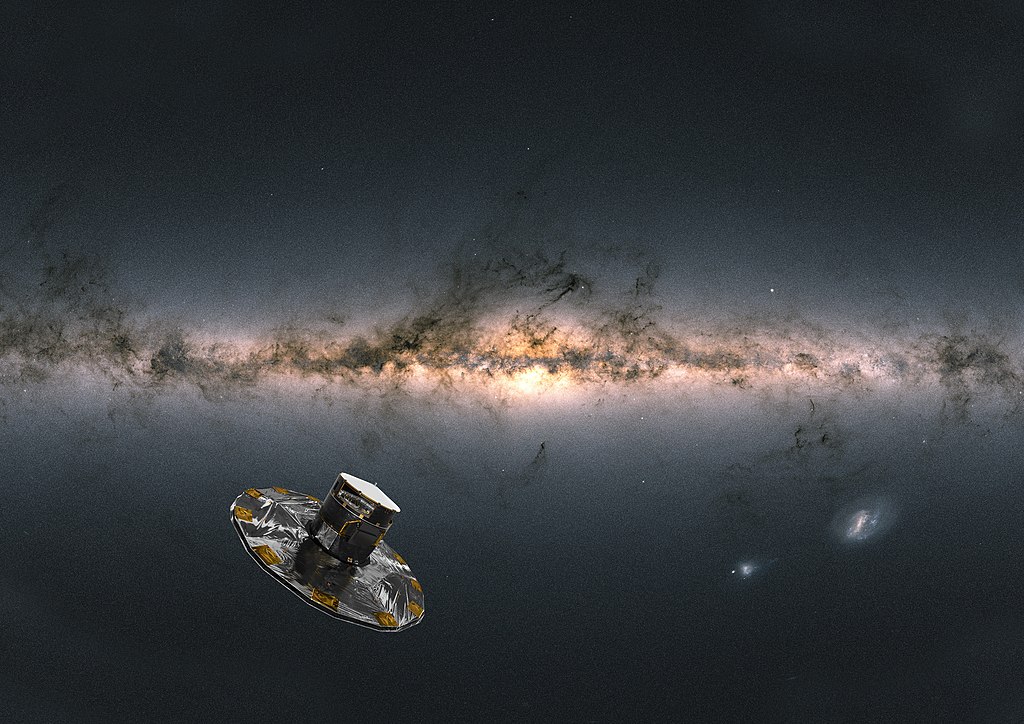Science really does keep you on your toes. First there was matter and then there were galaxies. Then those galaxies had more stuff in the middle so stars further out were expected to move slowly, then there was dark matter as they actually seemed to move faster but now they seem to be moving slower in our Galaxy so perhaps there is less dark matter than we thought after all!
Continue reading “There’s Less Dark Matter at the Core of the Milky Way”There’s Less Dark Matter at the Core of the Milky Way










